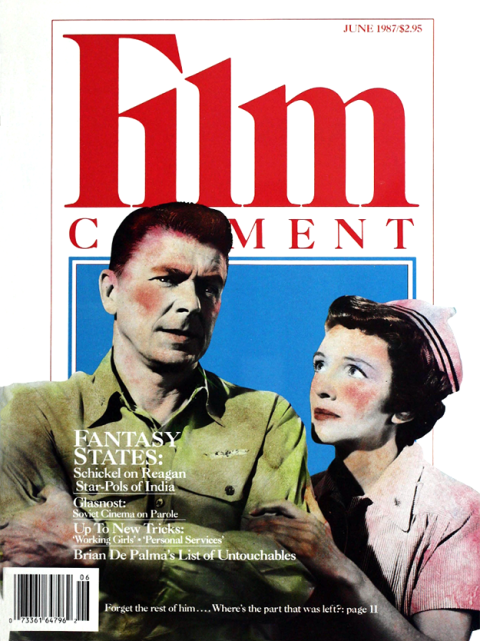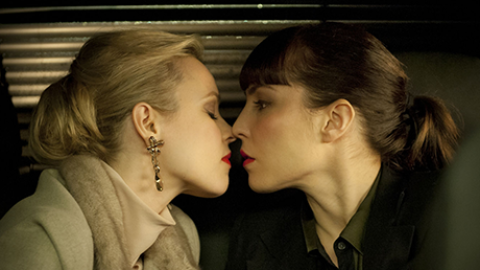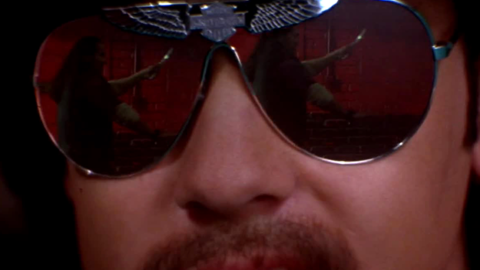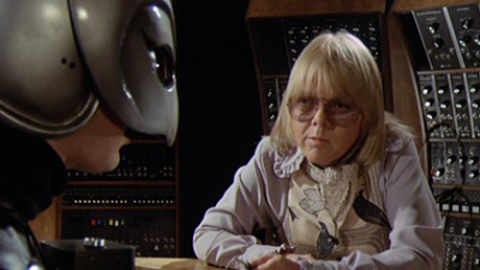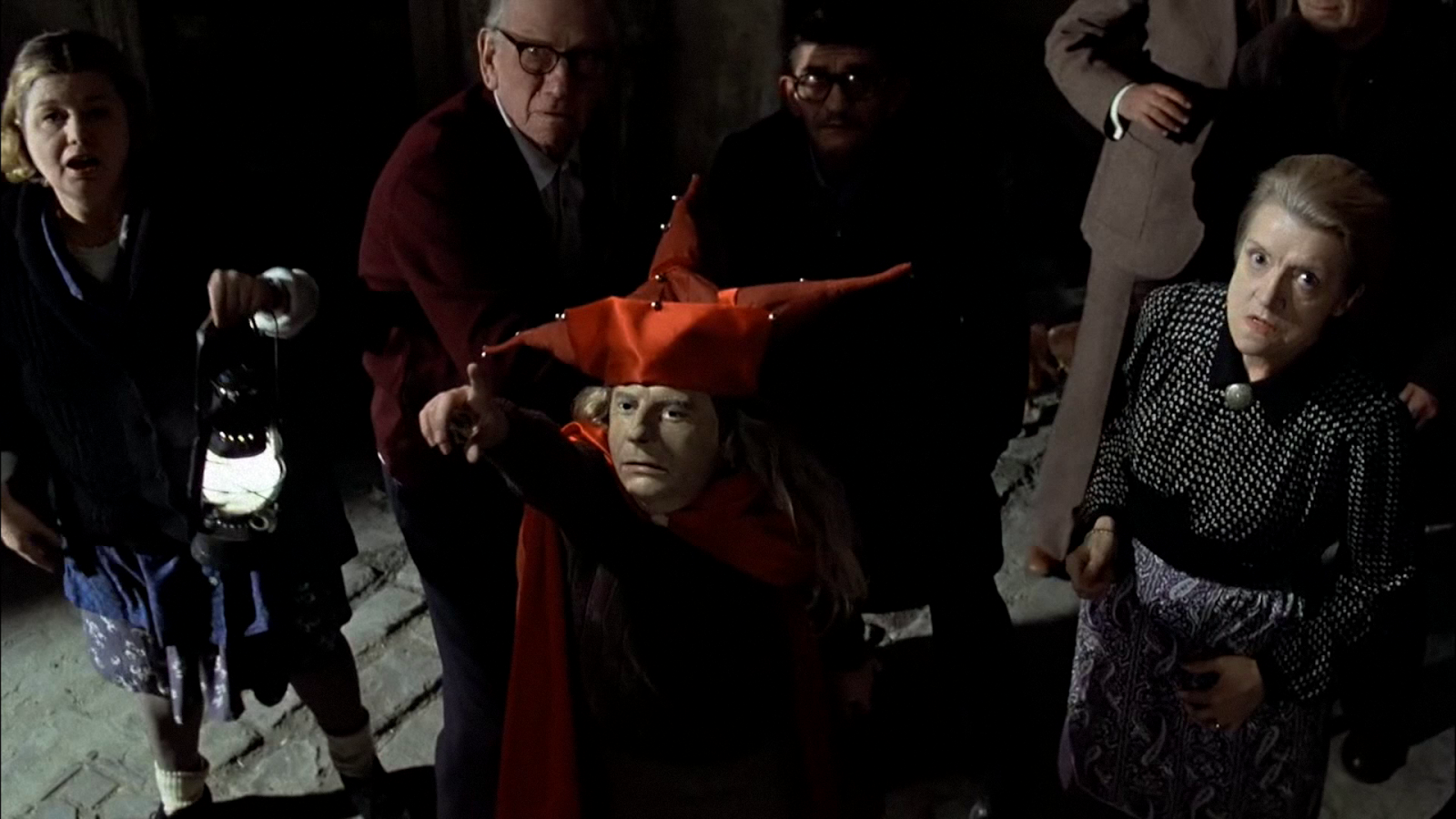
Guilty Pleasures: Brian De Palma
My guilty pleasures hark back to 42nd St, when I was in college during the Sixties. What interests me in offbeat movies is their incredible directorial style. They deal with very intense psychological traumas, and the movie becomes a projection of the character’s psyche, as twisted and as dark as it can be, whether it’s Point Blank, or The Naked Kiss, or El Topo. My favorites:
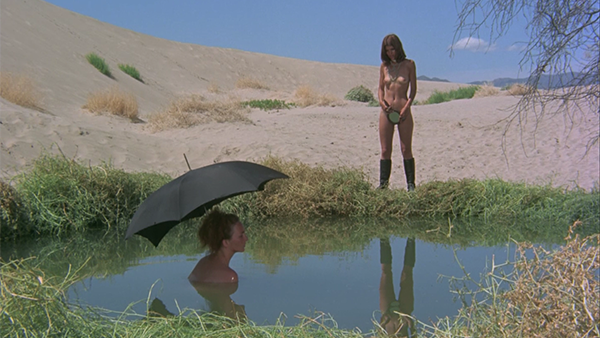
I loved Brazil, and El Topo (1971, by Alejandro Jodorowsky) is like Brazil. I particularly remember all the rabbits dying in the desert. Its visions are so bizarre and so twisted. El Topo was great. Whatever happened to Alejandro Jodorowsky?
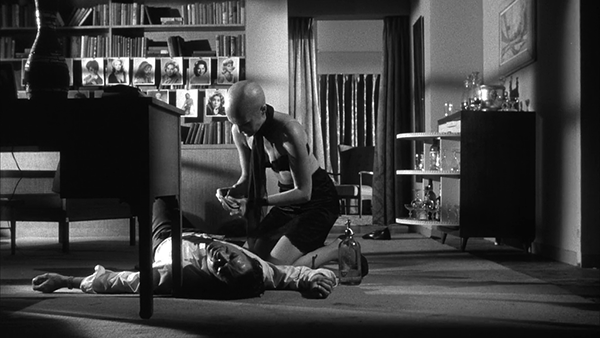
I love Sam Fuller movies. The revelation of his The Naked Kiss (1964) is when her pimp is beating Constance Towers up in the beginning of the film, and she gets her hair torn off, and she’s bald. Then there’s the scene where she’s on the couch, and Michael Dante kisses her, and she’s thinking “My God. . . . What is this? . . . . What’s wrong with this guy?”
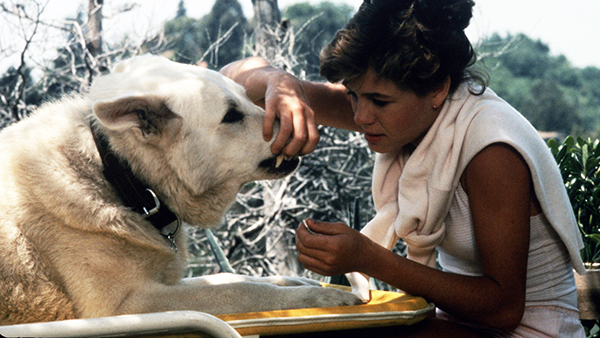
White Dog (1982) has some incredible tracking shots, especially when they’re in the cage and the camera goes all the way around them. I saw that dog—and dogs in movies don’t normally scare me—but this dog is terrifying. I was so impressed with that dog that I used it in Body Double.
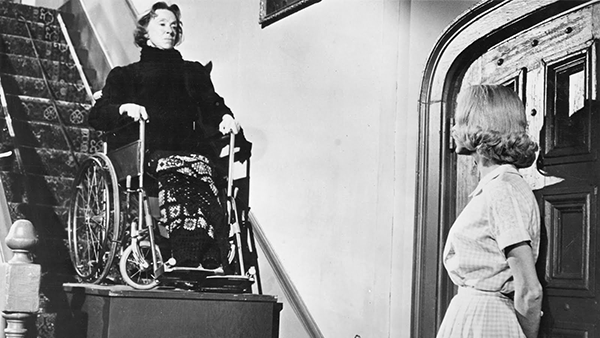
Homicidal (1961, William Castle) was also great. I was totally fooled by the transvestite the first time I saw it. I was very shocked by the stabbing at the end. He gets married, and he/she stabs the minister. Jean Arless, the “girl,” looked fine, but as the “guy” looked a little strange, as I remember. In one scene, she’s coming down the staircase, taking her wig off and pulling her teeth out. There’s no question that it’s an imitation Hitchcock, but it had a very good trick to it and was very creepy. I saw Homicidal on 42nd Street in the fourth row of the theater. The audience went crazy.
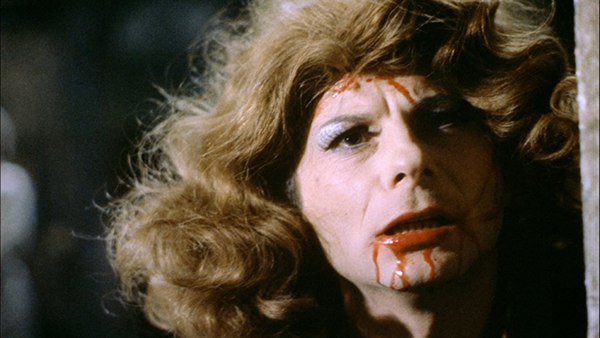
I liked The Tenant (1976, Roman Polanski) because, I mean, Polanski throws himself out the window, commits suicide, and then crawls up and does it again. Fabulous.
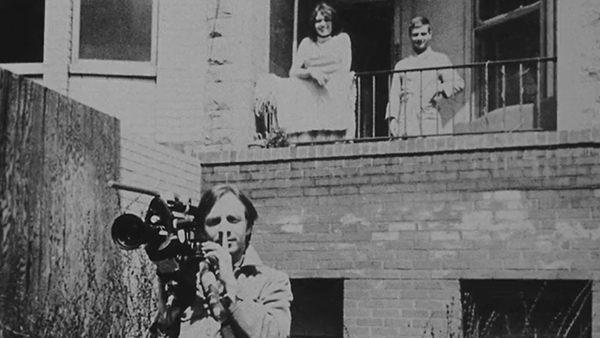
Now, the whole concept of David Holzman’s Diary (1968, Jim McBride) was of a guy making a film diary and trying to examine his life by photographing it. When I first got my 8mm sound camera, I’d carry it around like David Holzman and try to film everything I did and look at it. My friends and I had cameras all the time and we were all film directors. I filmed a whole section of my life—people I was going out with, my friends. I just shot everything. I directed the scenes, too. And it all came from David Holzman’s Diary.
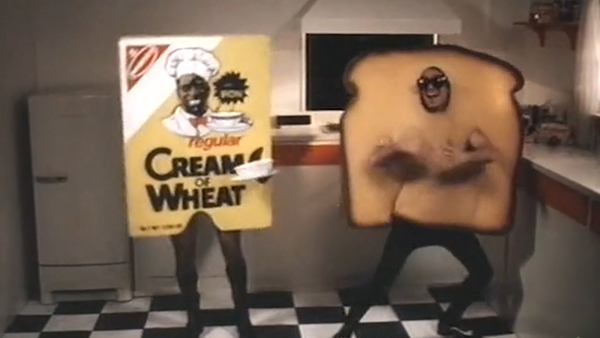
There was a very strange movie [Night Dreams (1981, by F. X. Pope)] that was made by the people who made Cafe Flesh. I can’t remember the title, but it’s the one before Cafe Flesh, and is very avant-garde. What makes it so incredible is its surrealism. It was shot very surrealistically and very expensively. The premise is that there’s a woman, Dorothy LeMay, in a kind of psychological observation chamber which is being watched by this psychiatrist. She’s constantly masturbating the whole time she’s being watched. While she’s masturbating, she’s, of course, having all these fantasies. One was when she was a little girl and the jack in the box possessed her. Then she’s a housewife and a black guy, Fast Talkin’ Freddy, in an Aunt Jemima box comes after her—it’s obsessed with boxes.
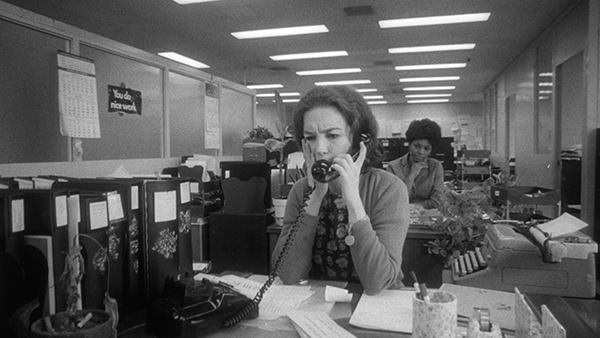
Speaking of paranoia, Secret Cinema (Paul Bartel) played on a double bill with my second feature, Murder a la Mod. I liked it so much, I was on a plane with Steven Spielberg and I told him the story. He used it as an Amazing Stories 15 years later. It’s about a woman whose life is being photographed and shown in episodes late nights at a theater like the Thalia (in New York). Her life is turned into a total soap opera. These secret cameras are around, and her psychiatrist is in with the people making the movie. Everybody in the city is laughing at her because they’re all watching her late at night at the theater. And then she goes to see Secret Cinema and realizes that it’s about her, that everyone has been setting her up.
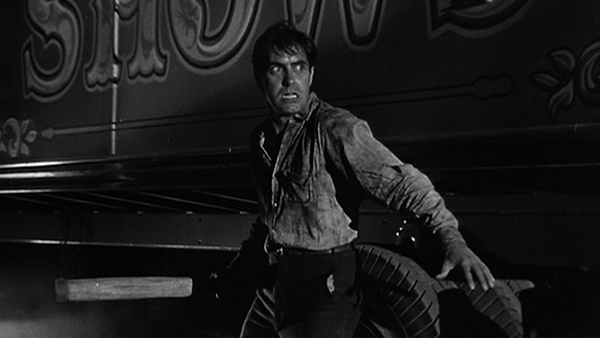
So you can tell it to your shrink, right? People know Freaks, but not Nightmare Alley (1947, Edmund Goulding). The Geek—the whole idea of it. Tyrone Power was very good. I liked the intricacies of the story. The psychiatrist taking records of the clients and using the records to blackmail them. It’s like your worst paranoia—thinking you’re saying your private obsessions to your psychiatrist and winding up being blackmailed. That’s very good.
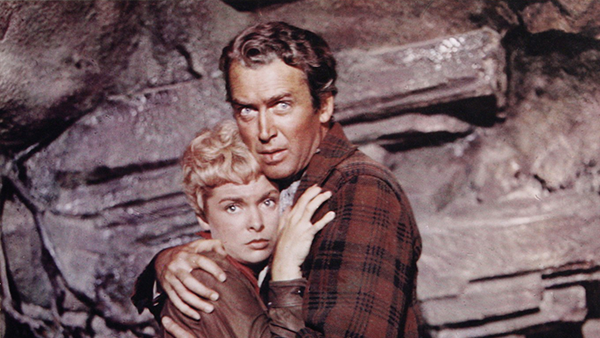
I also love Anthony Mann westerns. Jimmy Stewart plays these very obsessive, not very pleasant roles. In The Naked Spur he’s a bounty hunter bringing Robert Ryan back.

In Two Rode Together (1961, John Ford) Jimmy Stewart is a cynical sheriff and Richard Widmark is a cavalry officer who go out and find these kids grabbed by the Indians. Their families want them back, but they’re like savages. So Jimmy says, “They’re not your children” (but if you pay me to do it . . . ). One guy’s kid tries to kill him because he’s a total savage. Two Rode Together is the film noir of The Searchers.
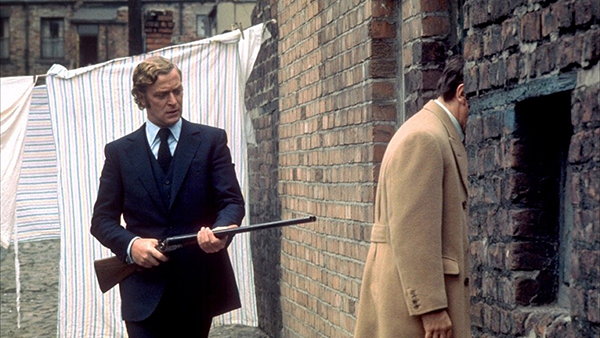
Sure, we have The Godfather and The Untouchables for gangsters, but don’t forget Get Carter (1971, Mike Hodges), which I saw such a long time ago. I remember being completely captivated by its intense vision—Michael Caine trying to find out about his dead brother, another gangster. It’s sort of the English gangster vision that permeated The Long Good Friday. There is something about English gangsters, their eccentricity—it’s a whole different world—that isn’t about business, or even aristocracy. They’re about schoolyards.
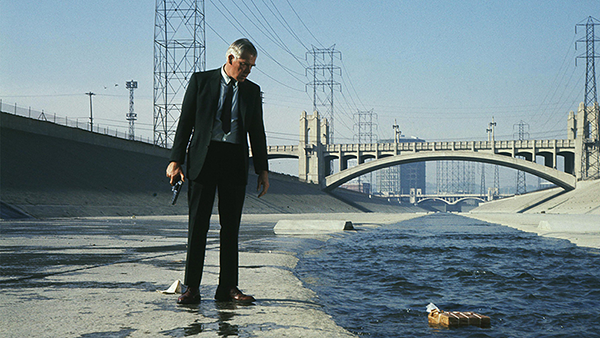
Now Point Blank (1967, John Boorman) is a surrealistic gangster picture. You get into the mind of an obsessive guy who’s gonna get these guys who took his money. The whole movie is “Gimme my money back!” Lee Marvin goes through incredible things to get his money back. Nothing will stop him. He’s like the Terminator. If anyone gets in his way, he knocks ’em down. They say, “Hey, you can’t do that!” He says “I can’t?” and picks ’em up and clobbers ’em.
Marvin throws John Vernon—the guy who set him up, shot him, and screwed his wife—off the top of a building. In the beginning, they have these shots of him walking down a hallway and you see his shoes, the intensity driven by these shoes pounding out boom-boom-boom. It’s intercut with him waiting outside his ex-wife’s place to see when the money arrives. When she comes to the door to get the money, he knocks the door open, grabs her by the hair, and puts a gun to her head. The boom-boom-boom of his shoes walking down this hallway is intercut with this stakeout in such a way to become a surrealistic projection of his obsession.
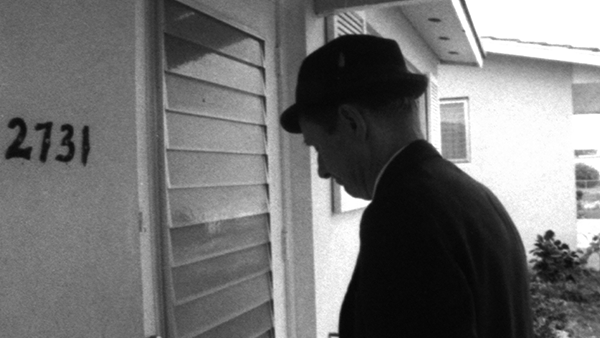
Salesman (1969, David and Albert Maysles, Charlotte Zwerin) is a great nonfiction movie—the best weaving together of documentary footage with a dramatic fictional story line, yet it was all real. Salesman really sticks in my mind. The bible salesman was very much like Willy Loman. Like In Cold Blood, it was a great fictional reconstruction of totally nonfictional events. It was stunning.
The more I read murder books, the more I find that these people are not like you or me. Which is why I want to include Savage Grace (1985, Steven M.L. Aronson and Natalie Robins) as my favorite guilty pleasure. The narrators are very literate. You’re dealing with such an eccentric family, three generations—brothers, grandfathers, and fathers—narrating. Their voices are so distinct that you know they’re transcriptions from a tape recorder. This stuff is very well written, with their thoughts of what was going on at the time. It’s such a bizarre situation, and it proceeds to get stranger and stranger.
In one particular scene, Tony—the tortured soul who killed his mother—meets some guy at a party and asks him to lunch. While they’re having lunch, Tony says “I have to tell you something. I have to tell somebody. It’s just driving me crazy. My mother’s fucking me.” Tony has no friends and he’s telling this to this guy like the guy’s his best friend. The guy says, “Oh, ya know, we all have a bad time with mothers.” Tony says “No! No! She’s actually fucking me!” It’s such a revelation because his mother, in fact, was sleeping with him. It’s just so bizarre.
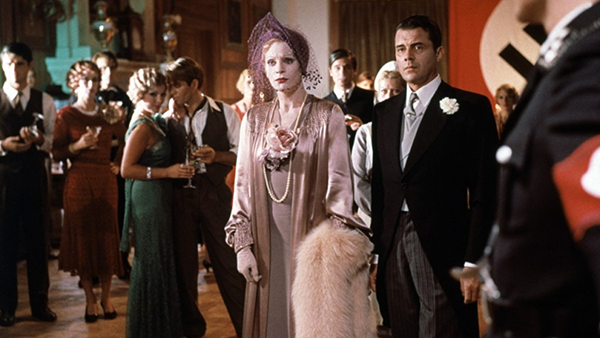
While we’re on the subject of sleeping with Mom, Visconti’s The Damned (1969, Luchino Visconti) is unbelievable. That scene where Helmut Berger sleeps with his mother—she completely destroys him, and he completely destroys her. Totally perverse people. A totally corrosive family. Ozzie never thought about what Harriet was up to: George knew better—he had a closed circuit TV on Gracie.
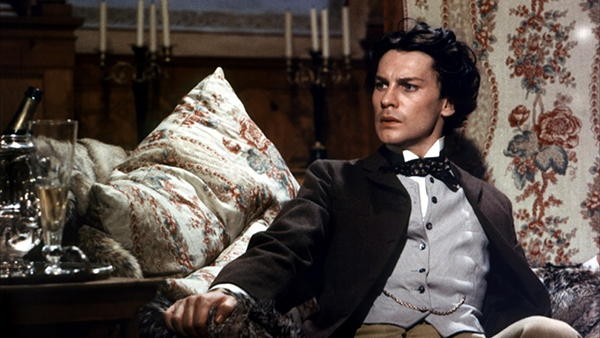
Ludwig (1973, Luchino Visconti) was fabulous. This guy builds incredible castles and is totally insane. When you have a tremendous amount of money, you can let your eccentricities be constructed into anything you like and get the most bizarre extensions of your madness. I’ve always been interested in the characters who create their own reality, and when you have a lot of money you have Ludwig. Look at Howard Hughes—I’ve read all the Hughes books. His totally insular environment made the strangest things commonplace. Kleenex boxes on your feet. . . .



